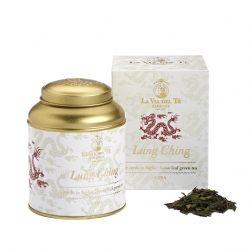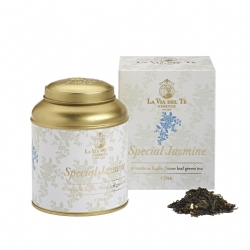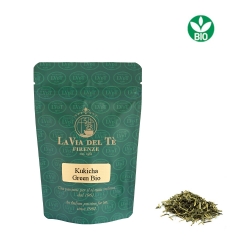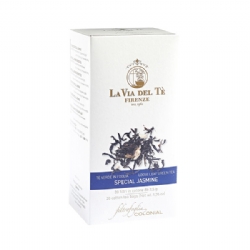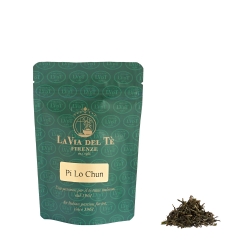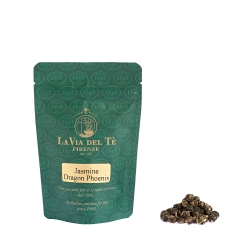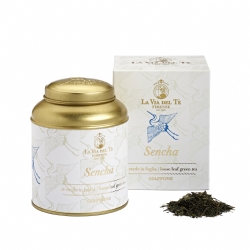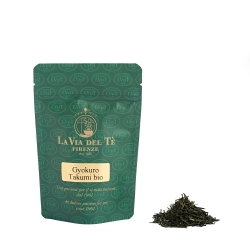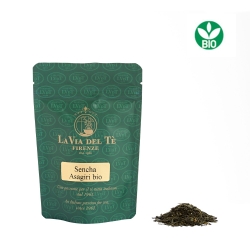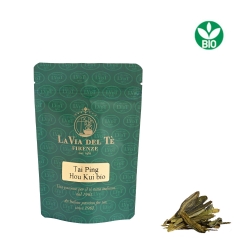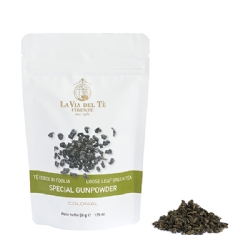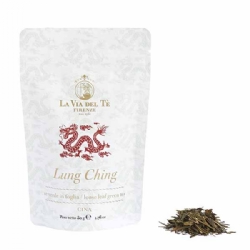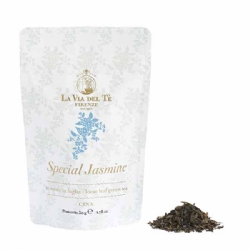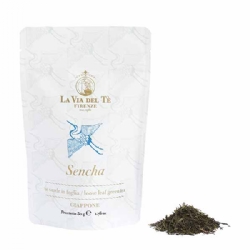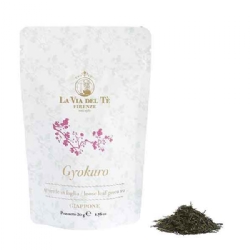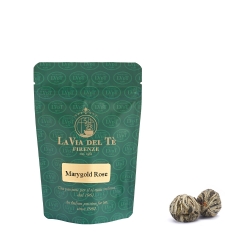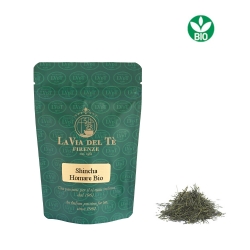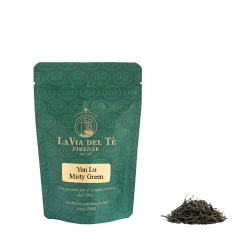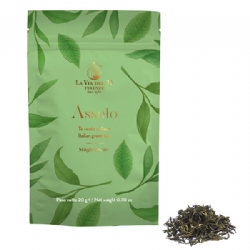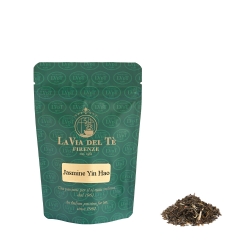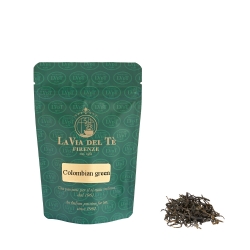
Green tea
Because they are unoxidized, green teas keep their vital green colour. To prevent oxidization, the leaves are heat processed to deactivate the enzyme responsible for oxidization; in China, this is generally done by roasting or pan-firing the leaves, while the Japanese generally accomplish this by steaming the leaves at a high temperature.
The definition of green tea in its simplest and most generalized form is a tea that is not oxidized, with vegetal, grassy aromas, worldwide appreciated for its healthy, beneficial properties.
However, no tea is truly unoxidized because tea leaves begin to slowly wither and oxidize the moment they are plucked. For that reason, carefully controlled processes are applied to prevent the leaves from undergoing any additional oxidation, the so-called polyphenol oxidase, preserving the green colour of the leaves and halting the myriad of chemical reactions taking place as a result of oxidation. The most used form of green tea production is: heating the leaves shortly after plucking – a process called “kill-green” (from the Chinese word shaping which means “killing the green”), typically done over a heated wok, in an oven, on a bamboo basket over charcoal or steaming (a method mostly used in Japan) or sun-drying (oxidation is halted by dehydration).
Several varieties of green tea exist, which differ in shape, aromatic profile and taste.
To fully appreciate the flavour, better to prepare green tea with water at a temperature between 70° and 80°C.


